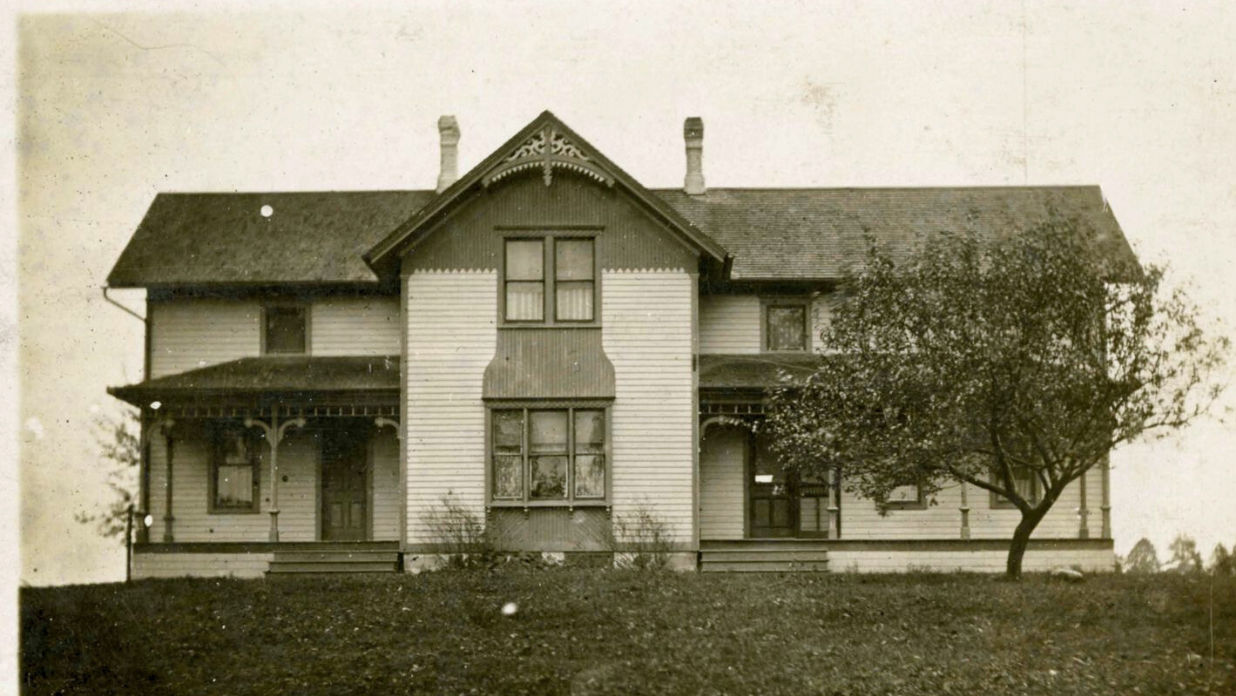With Architectural Conservationist, Jenna Stilwell
Paint can seem like the easiest update to an old home, the part of restoration which requires very little effort or preparation, but makes a huge impact. Paint does not, however, fix everything.
When a good friend of mine moved into a recently flipped, 1930s house, she quickly encountered problems with paint flaking off railings and doors. This is a major concern for anybody, but especially for someone like her who had a curious toddler wandering around the house and putting everything in his mouth…
All too often, paint is used to hide underlying problems, or simply applied without proper preparation. We’re breezing through a few essential questions to prepare you before painting your historic house.
If painting original windows, is the glazing intact?
Always make sure that water will not cause future damage. Window paint can be especially vulnerable to water infiltration. Ensure that the glazing, and weather stripping if applicable, are fully intact. If painting interior sides of sashes, first check that the exterior paint has formed a seal over the glazing.
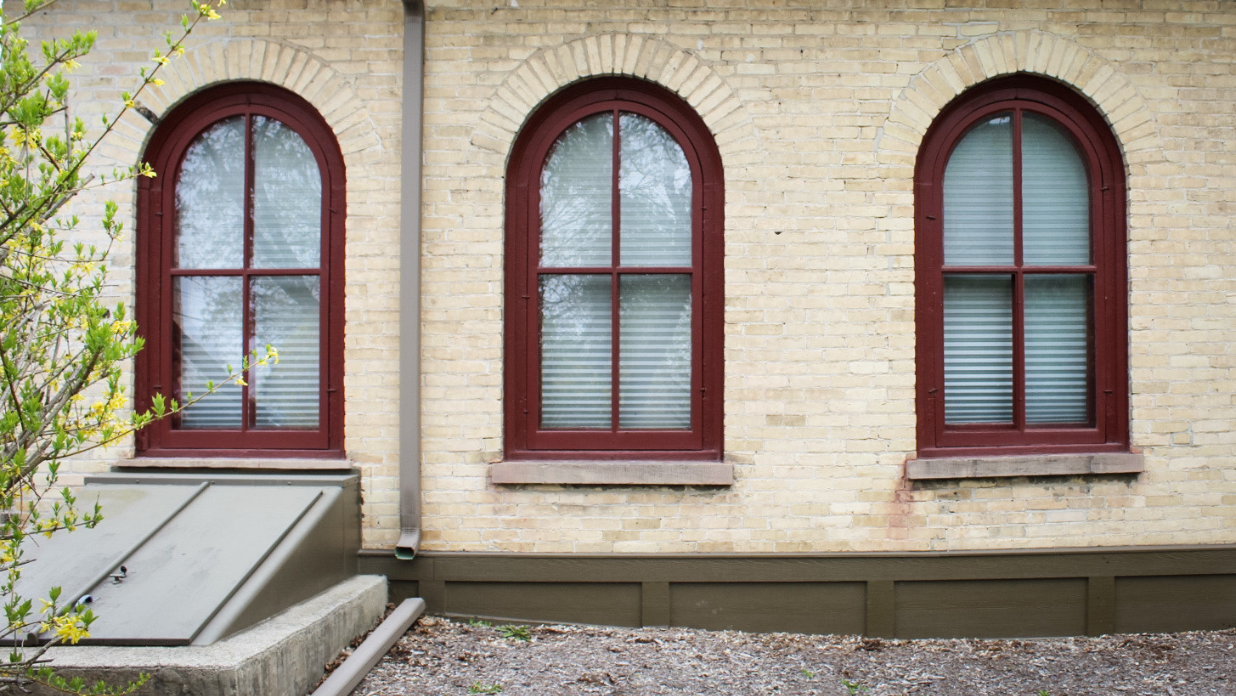
Is there evidence of mold or mildew?
Mold and mildew can be especially difficult to remove, particularly because they often exist below the surface. Cleaning with bleach will temporarily improve appearances, but the mold will eventually reappear. Oftentimes this is a case in which to consult expert advice, or at least do further research on abatement of these substances.
Do layers of paint hide details?
Do you want to reveal the details of carved elements? If so, you may want to strip the paint from them…
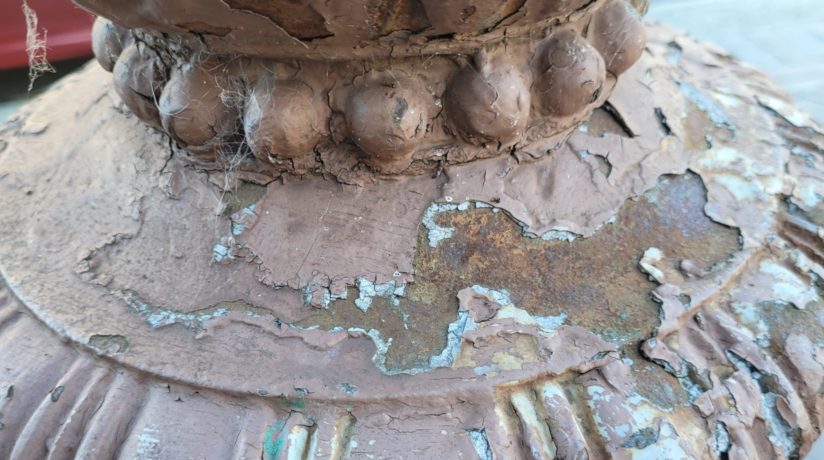
Is the plaster stable?
Unfortunately, paint does not necessarily work like a magic glue that holds everything together. If your plaster is crumbling or layers are coming off, soon after you paint the wall, damage will show through. Plaster is a finicky surface that while beautiful, can require expert advice to repair. If the damage goes beyond merely the cosmetic, you may want to schedule a consultation with someone who understands the material. Yet more underlying issues may cause the instability.
Does the existing paint seem stable?
Does the paint bubble or peel? Do paint chips cover the floor or ground? Some of those problems can be attributed to issues we have already addressed, such as water damage, rot, or plaster instability. They may also indicate that the walls were improperly prepared prior to previous paint applications. Sometimes unstable paint can merely be scraped off (check for lead first!), and the uneven area fixed with spackle. Other times, full-scale paint stripping may be necessary…
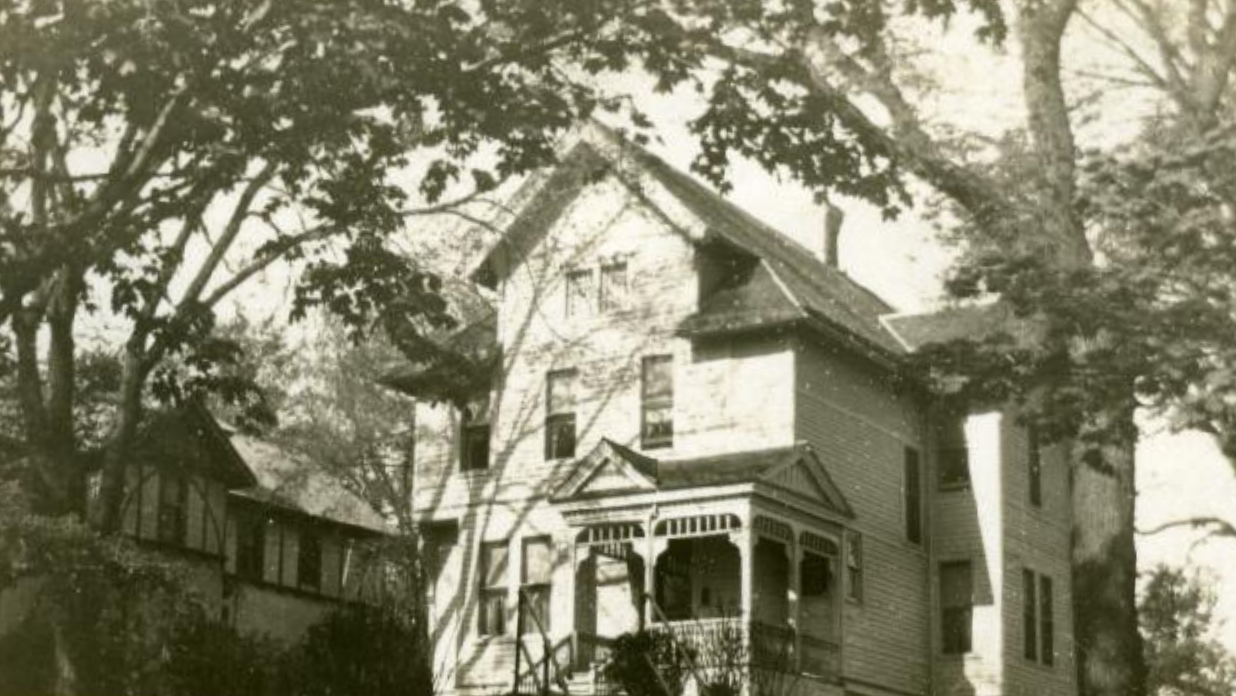
Is there evidence of rot?
One historic house at which I worked hired a team to paint a variety of wooden exterior elements, including a rotting, green bench. For a few weeks, the bench looked beautiful, the new green paint shone in the sun. Soon the decayed wood began to reveal itself. Paint sank into the cracks, and the bench looked just as bad as before the paint application. If rot is minimal, sometimes the surface can be treated with a fungicide to stop further damage. Deeply rotted portions of wood, however, should be replaced.
Is this an area that has received heavy traffic?
The railings and doors in my friend’s house had been painted without proper surface preparation. Railings, doors, and cabinets receive heavy use, gathering hand oils through the years. These oils repel paint, and can eventually push it off completely.
Railings especially can be difficult to paint, and it may be in your best interest not to try and apply a new coating to them. If you do plan to paint these types of surfaces, clean them thoroughly. Vinegar can work fairly well for this, but you may also need to look into a harsher solvent to dissolve these oils.
What type of paint is already there?
Be careful not to use latex paint on top of oil. Oil paints will cause the latex to peel and flake. Oftentimes, you can determine what type of paint sits on the surface simply by observation. If you do not know, however, dip a cotton swab or cotton ball in denatured alcohol. If paint comes off when you rub the cotton on the surface, you are dealing with a latex base.
Should this surface be painted?
Please, do not paint masonry. Masonry needs to breathe. In other words, moisture should be able to enter and exit it easily. Paint inhibits that ability, causing moisture to stay inside the stone and brick, leading to problems like cracking. If you believe your masonry needs a coating because it absorbs too much water, consider connecting with our team to discuss…
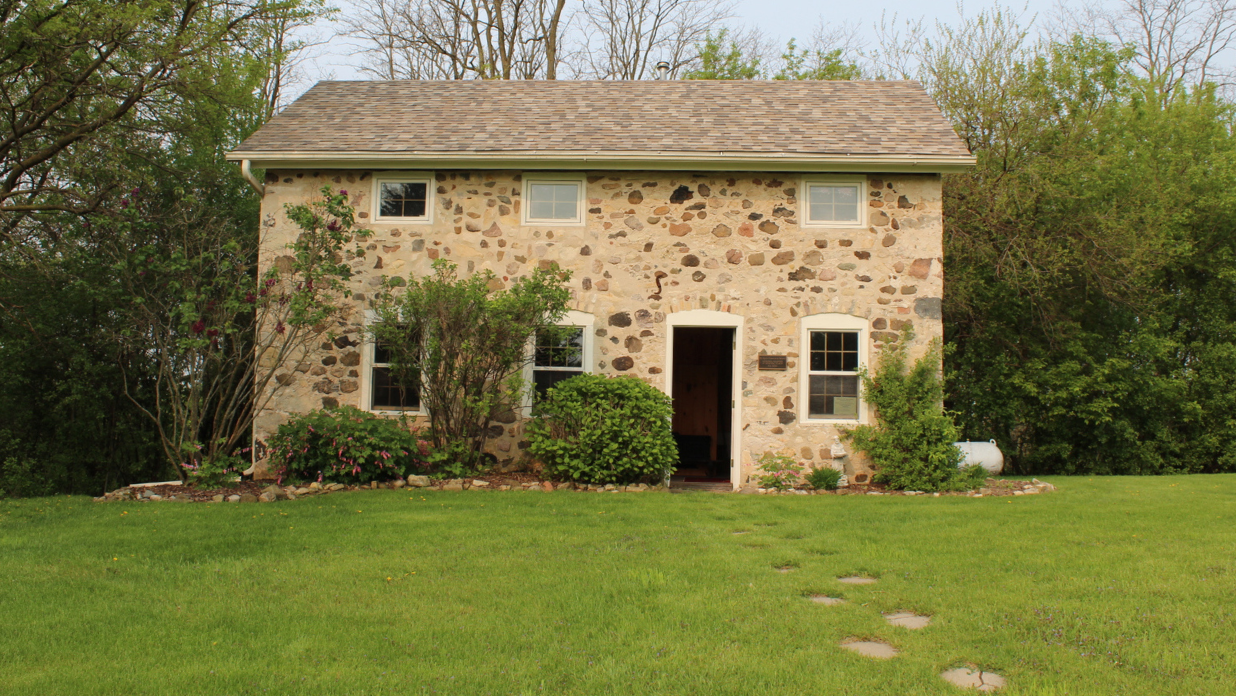
Parting Words
While all of these questions and considerations may seem like a stressful beginning to what initially seemed like an easy project, in the long run, taking baby steps before diving in will save you much stress.
You Make Our Work Possible!
Community support allows us to continue telling Washington County’s stories. We invite you to become a member and consider making an additional gift of support. Contact us about sponsorship opportunities for local businesses as well.
